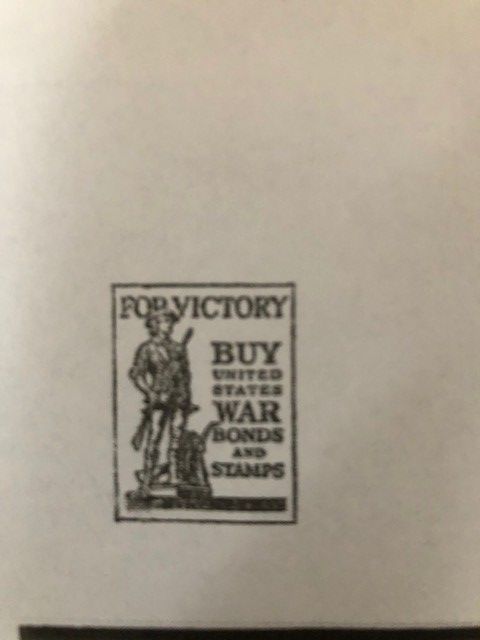Dr. April Beisaw to Speak as Featured Guest for the Nantucket Maria Mitchell Association Science Speaker Series
On July 21 at 7pm, the Nantucket Maria Mitchell Association (MMA) is hosting a live lecture presented by Dr. April Beisaw. Her talk, “Taking Their Water for Our City: Archaeology of New York City’s Watershed Communities” is part of our FREE Science Speaker Series and will be held via Zoom.
The New York Times regularly runs articles explaining why New York City has “the champagne” of city tap waters -- it comes from pure and rural mountains. However, there is nothing natural about NYC’s water. To create the water system, thousands of people lost homes and businesses, and had to sue the City for compensation. To maintain the water system, those living around reservoirs are encouraged to sell their lands, creating landscapes of abandonment where only the wealthy can remain. Over the last nine years, Beisaw and her Vassar College students have hiked portions of the city-owned watershed to document the ruins of lives cut short by a distant City. In what was left behind, researchers can begin to estimate the price that rural people paid for providing clean water to City residents. Mapping of the land takings has also revealed patterns to the destruction, such as the loss of many woman-owned lands and businesses that once thrived along the Ulster & Delaware Railroad.
Dr. April M. Beisaw is an associate professor of Anthropology at Vassar College in New York’s Hudson River Valley. She began studying the New York City water system upon arriving at Vassar in 2012. As an archaeologist, Dr. Beisaw seeks out the material remains of past peoples whose stories have been forgotten or gone untold. As an avid hiker, she prefers to explore the woods off-trail. Her water research has been published in the International Journal of Historical Archaeology and in the edited volume Contemporary Archaeology and the City Creativity, Ruination, and Political Action (McAtackney and Ryzewski - Oxford Press). Dr. Beisaw’s other publications include Identifying and Interpreting Animal Bones: A Manual (Texas A&M Press) and The Archaeology of Institutional Life (University of Alabama Press).
To register for this event, please follow the link below:
https://zoom.us/webinar/register/WN_R7w3uXizSvyv_sUyhO7zXg
For the full Science Speaker Series schedule, please visit our website here:
https://www.mariamitchell.org/science-speaker-series
This series is generously presented by our lead sponsor, Bank of America, and additional sponsors, Cape Air, Cisco Brewers, and White Elephant Resorts.
The Maria Mitchell Association is a private non-profit organization. Founded in 1902, the MMA works to preserve the legacy of Nantucket native astronomer, naturalist, librarian, and educator, Maria Mitchell. The Maria Mitchell Association operates two observatories, a natural science museum, an aquarium, a research center, and preserves the historic birthplace of Maria Mitchell. A wide variety of science and history-related programming is offered throughout the year for people of all ages.
For Immediate Release
July 8 2021
Contact: Kelly Bernatzky, Development Associate
Recent Posts




